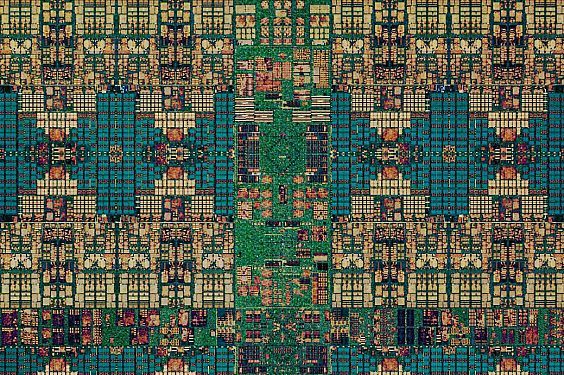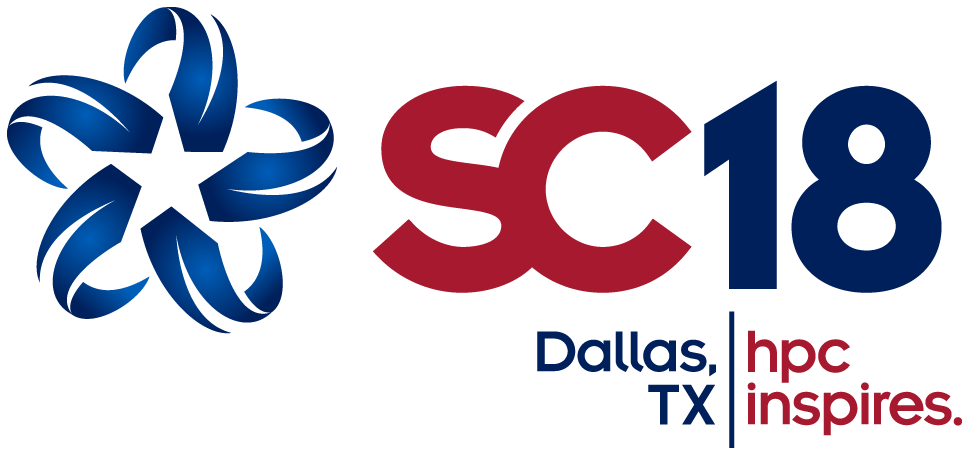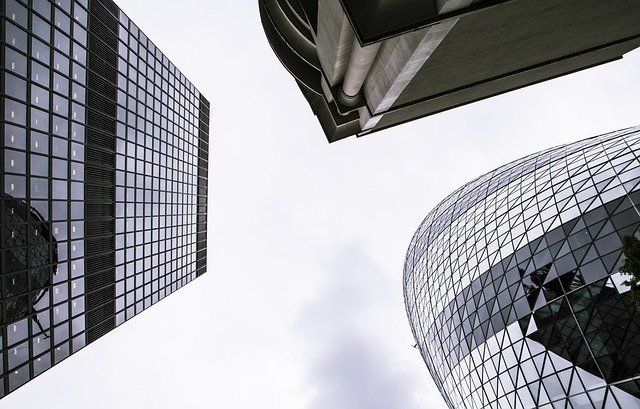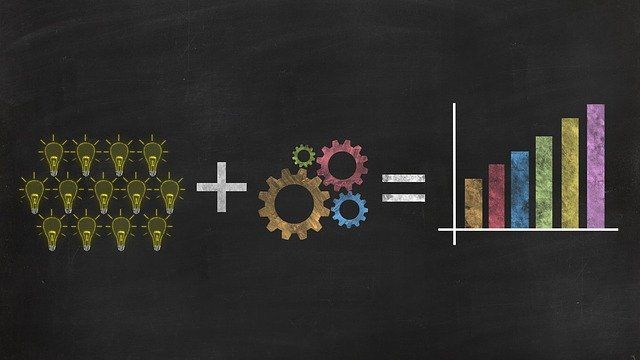The end of Moore’s law – what will it mean for your future competitiveness?
It's going to cost you a lot more to stay competitive!

Oh, sorry, maybe you hadn’t gotten the memo, but yes, we seem to have come to the end of Moore’s Law. This became very clear throughout this past week’s Supercomputing 2018 conference in Dallas, TX (the 30th of these annual conferences). Maybe this hasn’t reached your newsfeed because it’s not really news – MIT Technology Review discussed some of the implications of this back in 2016 (foreshadowing several current initiatives including architectural innovation). Maybe it’s not in your newsfeed because the evidence is still mixed (e.g. this article in the November 2018 issue of IEEE Spectrum ), but you really need to think through the implications of this for your business.
Back at home, the laptops and desktops we buy today aren’t really that much more powerful or that much cheaper compared to last year. (I have to buy one soon, and my wallet is feeling very disappointed!) At the top end, the very latest, most powerful supercomputers are, well, very expensive and very big, harnessing very large numbers of processors. Today’s #1 in the Top500 is Summit , at the Oakridge National Laboratory (ORNL) in Oak Ridge TN. It has over 27,000 NVidia Volta GPUs and 9,000 IBM Power9 CPUs (image above) for total computational horsepower of over 200 Petaflops/s -- that’s 200,000,000,000,000,000 double precision floating point calculations per second! Summit takes up 5,600 square feet of data centre space, weighs 340 tons, and consumes 13 megawatts of power.
You probably didn’t notice the end of Moore’s Law, because improvements in the architecture of your laptops (memory organization, graphics cards, faster communication, etc.), and the software that runs on them, have enabled apparent increases in performance and functionality. In the same way, purchasers of the fastest supercomputers have experimented with the same kinds of architectural innovation, albeit on a much larger scale – enabling some absolutely stunning scientific achievements .

The end of Moore’s Law has profound implications for everyone.
Nevertheless, the end of Moore’s Law has profound implications for everyone. From a personal perspective, ubiquitous Internet access will become more essential, and increasingly we will all become more reliant on apps that in turn depend on the cloud. (That’s all fine and dandy as long the power doesn’t go out!)
From an organizational view, today’s competitive advantages in business increasingly rely on high performance computing and artificial intelligence. Even if you ignore social media, the stock of useful data is growing exponentially, and so are the computers needed to create value from that data. Moore’s law allowed organizations to keep up with growing demand, with technology budgets that were constant or growing modestly – you could even get away with delaying investments because prices would be lower next year!

Software eats everything.
Most companies understand the competitive opportunities that artificial intelligence, computer modelling and data analytics open up for their businesses. As Benedict Evans (of VC firm Andreessen Horowitz) describes in a recent talk
, “Software eats cars | TV | money | death {meaning wellness/healthcare}.” You know that you’ll need the right people if you expect to compete, and they’ll need you to buy or rent more and more of the underlying technology.
Perhaps you figured you could do all of this innovation stuff inside the financial envelope of your current business, since Moore’s Law would allow you to increase your capability without having to spend more. But the end of Moore’s Law drives a fundamental change to your cost structure. Your spending on digital infrastructure will have to accelerate in real terms – regardless of what business you are in. Whether you are in retail, finance, transportation or healthcare -- the end of Moore’s Law means you will have to spend more and more each year just to stay competitive -- keeping someone else’s software from “eating” your own business!
Can you afford 20-30% increases in annual IT spending?
What will you have to do to support, e.g. 20-30% year-over-year increases in IT spending? This sort of growth is realistic based on what major online businesses (Amazon, Netflix, Google) have been spending
over the last few years. This is what it costs to power, for example, a “software eats retail” business with post-Moore digital infrastructure.
Whether you plan on buying or renting, this is the sort of annual increase in spending you’ll need in order to survive in your business. What competitors will your software have to “eat” for you to survive? What part of your own business will you have to reinvent just to stay in business?
Bottom line: You need to think about how digital infrastructure is going to power increases in your competitive advantage and profitability -- or the end of Moore's Law is going to be the end of your business!





